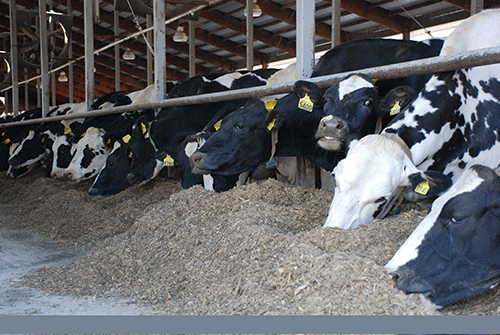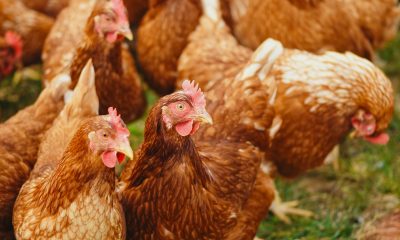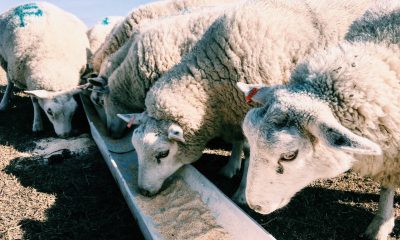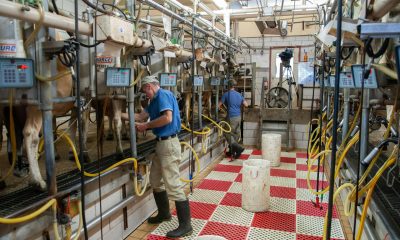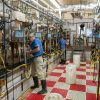A great deal of planning and organization is a vital step to ensure the optimum health of the cattle. Estimation of the feed, the procedure, outcome of the feed on the health of the cattle is some of the initial steps involved in programming a cattle feed. Determination of the quality and quantity of feed for the cattle, ultimately deciding productivity, is equally essential. There are various methods of feeding cattle adopted all around the world, some of which include grazing, corn fed, barley fed, grass-fed, combined livestock-crop farming. One such method of cattle feed is the mineral mixture.
Mineral Mixture
As the body does not synthesize minerals on itself, it is quintessential to provide the body with the required minerals. Minerals are needed to aid in the growth of that cattle and its metabolic functions, reproduction, and milk production. Feeding it merely with fodder does not necessarily help in maintaining all the essential functions.
So while feeding cattle, utmost importance and attention must be given to the intake regarding the type of mineral and its optimum quantity, and not forget the quality of minerals. This is a matter of concern because though the body relatively less requires the mineral compared to the nutrients. It is to not be entirely or partially neglected as the compromise of each mineral at any step would consequently affect the cattle in ways unthinkable and unmanageable.
The mineral mixture, as the name suggests, is what we need for this purpose. This mixture comprises all the essential minerals the cattle require to maintain their health and elevate productivity. In recent times, with the exposure to various important information and awareness about mineral mixtures, farmers prefer feeding area specific mineral mixtures.
How different are Area Specific Mineral Mixtures( ASMM)?
Feeding area or region-specific mineral mixture ensures supplement of the type of mineral and the optimum quantity as per the regional requirement, which is decided after assessing mineral profile in a specific area. This being, the quality and quantity of minerals differ in each region, thus resulting in differences in mineral intake.
Constituents in Mineral Mixture
As it has been emphasized by scientific research, minerals are of two types:
● Marco minerals – required in relatively higher amounts.
● Micro/ minor/ trace minerals -required in lesser amounts.
The macro minerals include potassium, calcium, magnesium, phosphorus, chlorine, sulphur, sodium. The microminerals comprise iodine, selenium, cobalt, zinc, chromium, iron, manganese. Each of the minerals mentioned above, irrespective of the amount required, has an essential role in the body’s functions, affecting its growth and health.
How to prepare Mineral Mixture
Mineral mixtures are well prepared when pre-mixed and blended in uniformity using appropriate diluents in a ribbon mixer. Consequently, the resultant mixture would be a perfect concoction of all the right macro and the trace minerals required as per need.
The benefits of mineral mixture include :
● Maintain growth of calves
● Excel infertility and also treat infertility
● Improvement in milk production
● Impressive metabolic functions
● Slimming of inter calving period
● Remarkable absorption of nutrients
● Enhancement in the functions of the immune system
● Treat ailments like haematuria, milk fever, ketosis during the calving period
● Improvement in productivity rate
● Aids in repeated breeding
Additional benefits of area-specific mixed mineral would include :
● Upgrade in the milk production
● Curb skin keratinization in animals
● Enhance the hemoglobin and red blood cells levels in the blood, hence remarkably reducing the chance of anaemia which is one of the most common ailments found in them
● Raise in the progesterone levels after calving
● Lessens the number of insemination required post each conception.
Thus, it can be emphasized the extent to which mineral mixture and ASMM are crucial in maintaining cattle and well-being.
